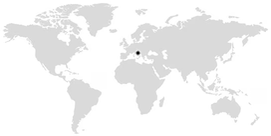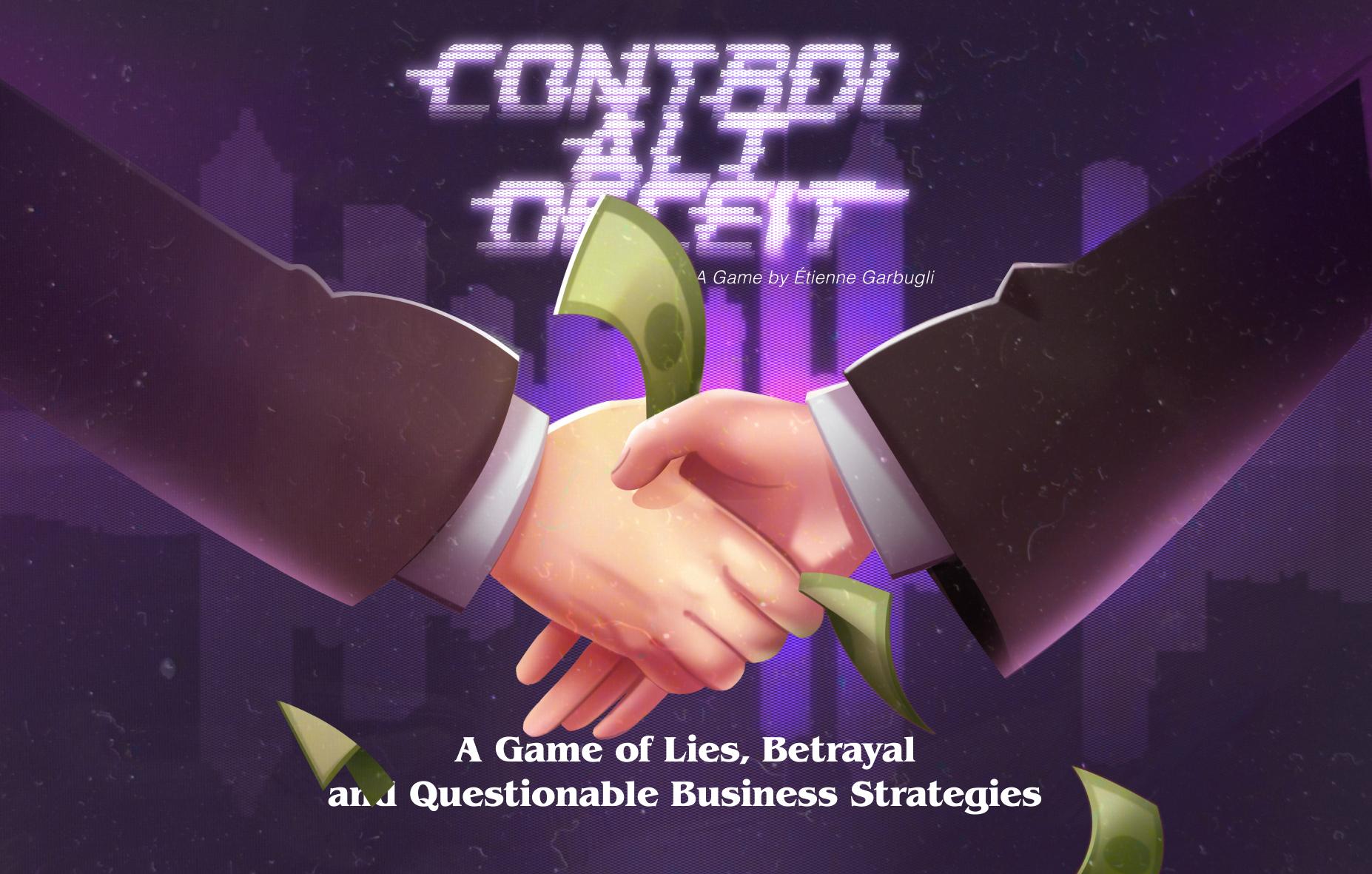Experiments in sandbox entrepreneurship
Before leaving for Asia, I was part of a Mastermind group. Our group was composed of startup founders, marketing consultants, business coaches, social media experts, design specialists, etc. All in all, 9 successful entrepreneurs from Montreal and around.
Our backgrounds and businesses were very different but we shared the same desire to experiment with business models, markets and profit automation schemes.
Because of our interest in trying different models and strategies, we came up with the idea of creating a sandbox (or lab) to experiment and test business hypotheses. At the time, we called this the passive income lab.
Rules of the game
To some extent, this was small-scale incubation. The goal wasn’t to be YCombinator or Year One Labs, but we wanted to spread our risk and invest time and (a little) money on one or several projects.
We had a few very simple rules for our projects:
- They had to be, at some point, automatable for profits
- Shippable or implementable in less than one or two months
- The results had to be quantifiable
Starting from this, it didn’t matter whether we were buying or starting a new business. Since we were experimenting, the market or our feeling towards it didn’t matter very much; we wanted to be as open as possible.
Part of this exercise, inspired the creation of the passive income chart, an exercise in profit automation.
Investment
Being already pretty busy with our regular businesses, we realized that we couldn’t fully bootstrap… however, we were able to outsource!
To keep things light and agile, we set time and money ceilings for our projects.
- Whether we were to buy or create, a project couldn’t cost more than $5,000 (this was to include outsourcing, license acquisition, domain names, etc.)
- No investor was to spend more than 15-20 hours on a project.
These were self-imposed constraints. They forced us to be smart about how we invested our time and money.
Of course we needed to have incentives. So we agreed that any profits generated by the project would be shared among the investors. Any of these investors could also do a buyout if they felt like they wanted to explore the idea further.
The low commitment structure made it easy to pull the plug if a project was not performing the way we hoped it would.
Our expectations coming in
Although we never expected the passive income lab to make Money (capital M), we were hoping that it would give us the tools to understand the mechanics behind running and launching a successful product – something we could use when it would actually matter.
The lab was also allowing us to test (potential) partnerships, ideas, delivery modes, marketing strategies and outsourced resources without having all of the commitment and investment on our individual shoulders.
It was ok to fail.
Why Montreal needs sandbox entrepreneurship?
A lot of cities have Startup Weekends or other events where entrepreneurs (current or aspiring) bring an idea to life in a few days. Although this is valuable, these ideas rarely live beyond the 3-day event and are even more rarely matched to a market need.
Not doing the marketing, the customer service, the maintenance, the road to profitability or any of the on-going business evolution does not prepare anyone to run a real business.
It’s intimidating having to discover all of these things while starting a big project on your investor’s money (or worse, your own!)
Entrepreneurs need to get a feel for the real thing; they need to get experience making the small mistakes.
Although we were never able to fully implemented the concept (mostly because of lack of availability and the challenge of aligning a team of 9), I’m hoping that sharing our ideas inspires someone to pick up where we left off. Montreal’s future entrepreneurs could really use a sandbox to play in.

